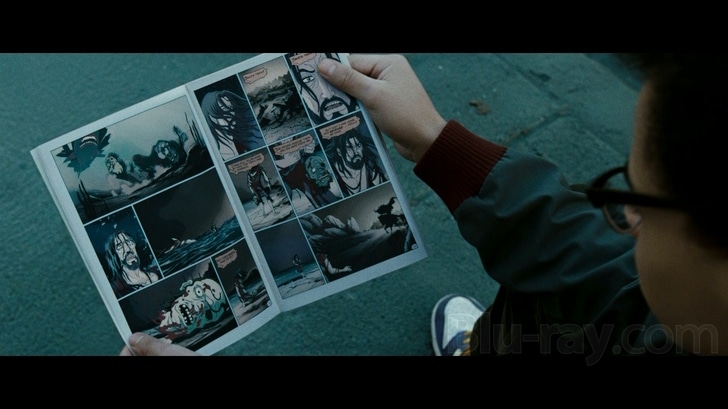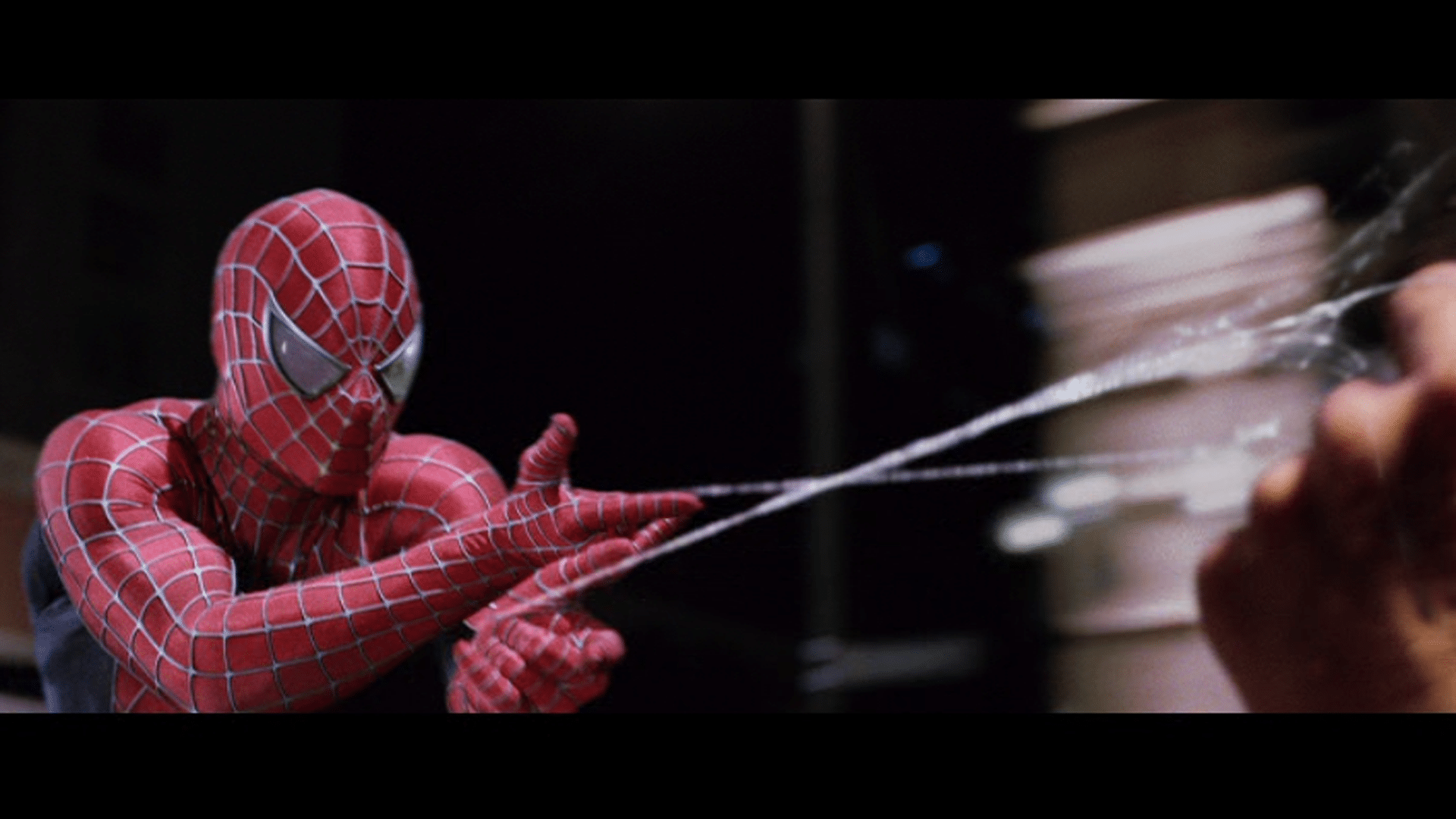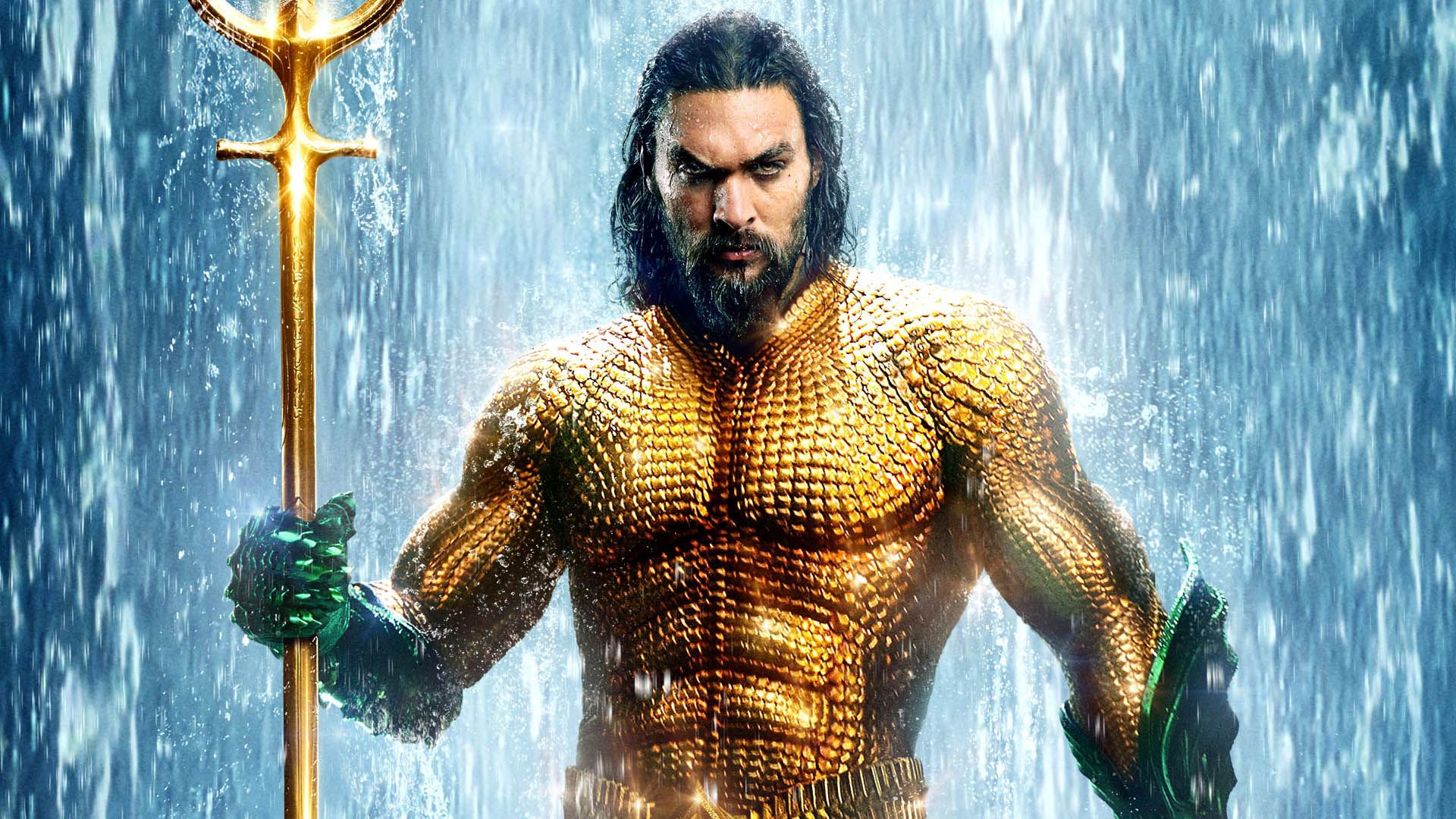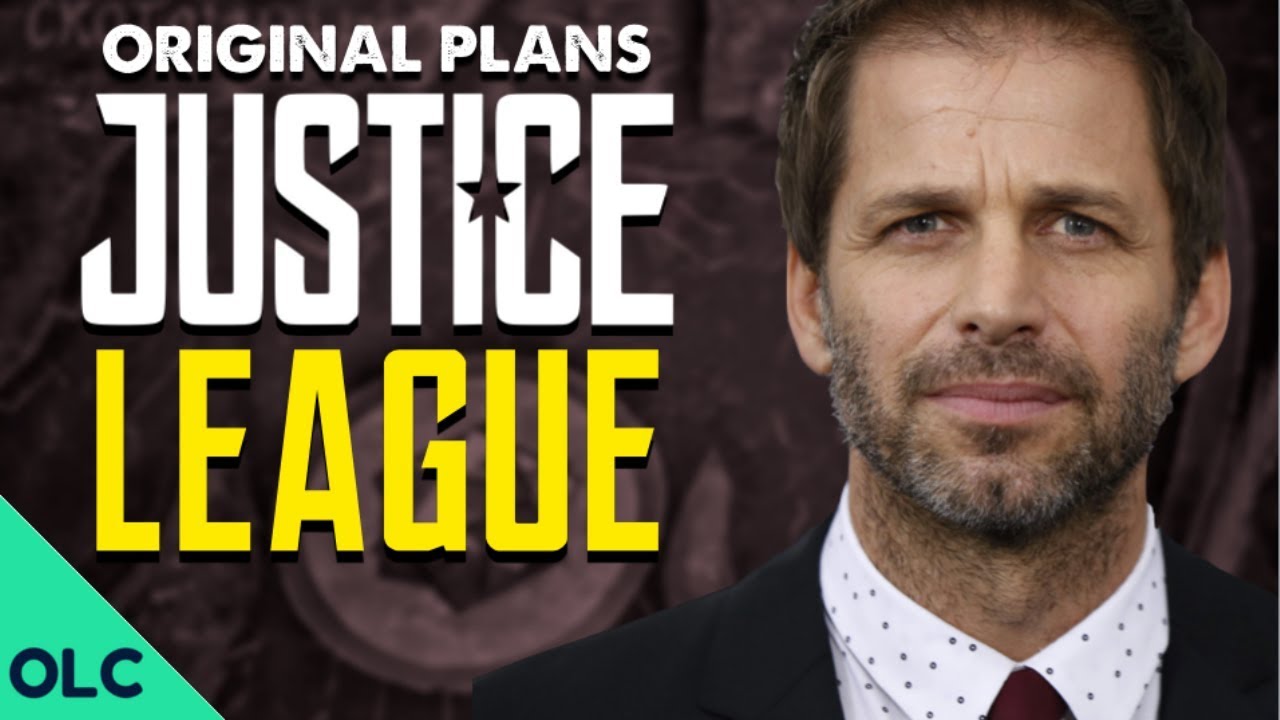Beyond the Snyder Cut: Why Do So Many Superhero Films Have Director Cuts?
If you have been on any superhero public forum in the last two years, you have likely come across the following demand: “Release the Snyder Cut!” The original cut of Justice League remains one of the most sought-after alternate cuts of a superhero film in history, with many arguing the fabled cut, like Excalibur, does not exist. Some say there is a cut, though not in any form the public can consume. Others say the whole idea is ridiculous, a pipe dream at best.
However, the story behind Justice League and its executive mangling is a fascinating example of a greater conflict that has existed between directors and studios since the superhero genre’s inception. Why are fans so entranced by director’s cuts? Why do they exist? Would a Snyder Cut of Justice League result in an otherwise disappointing film becoming good?
What is a Director’s Cut?

To those less familiar with the film industry, the idea of a director’s cut might seem a little hard to grasp.
When principal photography is completed on a film, editors composite and assemble shots into a coherent sequence. Scenes are left on the cutting room floor, so to speak, because they don’t contribute to the overall film, or make it worse. Other times, scenes are restructured or reordered in opposition to the original plan for the sake of pacing or coherency.
Most often, the editing process of a film is collaborative, with the director being involved on some level, sometimes getting what is called “final cut” of the film. However, often, other parties, such as the studio, can interfere, resulting in the director being removed from the editing process.
This is not always a bad thing. Very famously, Lucas’s cut of Star Wars: A New Hope was horrendously boring, which required editor Paul Hirsch to restructure the entire film to make it coherent. However, sometimes, as is the case of Ridley Scott’s Kingdom of Heaven or Blade Runner, the theatrical cut is vastly inferior to the director’s cut.
The Donner Cut
The first major superhero director’s cut coincided with the start of the superhero genre. Richard Donner was hired to direct the first two Superman films starring Christopher Reeve in the late ’70s. While Donner had complete control over the first film, he was sadly booted off the sequel, Superman II, towards the end of production. Richard Lester reshot and reedited several scenes for the film, adding scenes into the narrative that were never in the original script.
But why was Donner booted from the film? Apparently, over the course of filming the two movies, tensions developed between the director and the producers, whose competing visions for the film became irreconcilable. Several members of the cast and crew, including Gene Hackman, refused to return for reshoots out of loyalty to Donner and his vision.
Donner’s original director’s cut was finally completed in 2006, which required drastic re-edits and previously unseen footage, as well as cleverly recycled footage from the prior film. Many regard the Donner Cut as vastly superior to the original theatrical version, though, to Lester’s credit, his original cut was well received.
The ‘DC Problem’
An odd trend among DC films is the quantity of director’s cuts. Whenever Zack Snyder makes a superhero film, fans expect a three-hour director’s cut on DVD.
Watchmen had its 162-minute theatrical cut, its 186-minute director’s cut and its 215-minute Ultimate Cut, which combined the director’s cut of Watchmen with the animated short Watchmen: Tales of the Black Freighter. Then, there was the director’s cut of Batman v Superman: Dawn of Justice, which added a half hour of footage.
In all cases, the expanded director’s cuts were better received by fans, but were also extremely long. Clearly, the studio demanded a shorter theatrical cut. However, if studios want a shorter film, why did they allow Snyder to film a three-hour movie?
The simple answer is this: Warner Bros. let Snyder make his films with minimal supervision, then got cold feet when the product he delivered didn’t meet expectations.
By the time a three-hour movie is shot, studios can’t just cut key scenes. The result is a choppy, uneven mess of a film, like Batman v. Superman‘s theatrical cut, which very rightfully is a borderline unwatchable mess of scenes that rarely connect. The issues appear to be this: The studio had one vision, while Snyder had another.
The Good ‘MARVEL’ Alternate Cuts
Most alternate cuts of Marvel properties produced by other studios are inferior. Spider-Man 2.1 is an alternate cut of Sony’s Spider-Man 2 that alters scenes and adds on a few minutes. It doesn’t add much of substance, beyond a scene of J. Jonah Jameson cosplaying Spider-Man. Fox’s The Wolverine Director’s Cut adds extra violence, but nothing of substance to the plot.
The two big exceptions are Fox’s X-Men: Days of Future Past: The Rogue Cut and Daredevil: The Director’s Cut. The Rogue Cut is not a director’s cut; the theatrical cut is director Bryan Singer’s preferred version. He had the Rogue scenes cut from the original film because he felt it took away focus from the plot. However, most fans seem to prefer the alternate Rogue Cut more.
On the other hand, Daredevil film had a huge chunk cut out, with scenes rearranged and altered because the producers believed the theatrical cut, with long court room scenes and drama, took focus away from the action sequences. This resulted in a mess of a film. The Director’s Cut proved that Daredevil was almost a good movie, only marred by studio meddling.
The Dream Of Director’s Cuts
The dream of the director’s cut is that a film that wasn’t so good is somehow better in some alternate reality where the studio didn’t meddle and the director’s original vision is realized.
However, few director’s cuts really make a bad film great. Batman v Superman is still a hugely problematic film, director’s cut or otherwise. Suicide Squad‘s director’s cut added nothing. Spider-Man 3‘s editor’s cut didn’t save the film.
The potential for all those films to be better in some alternate director’s cut is enough to keep fans dreaming of something more.










